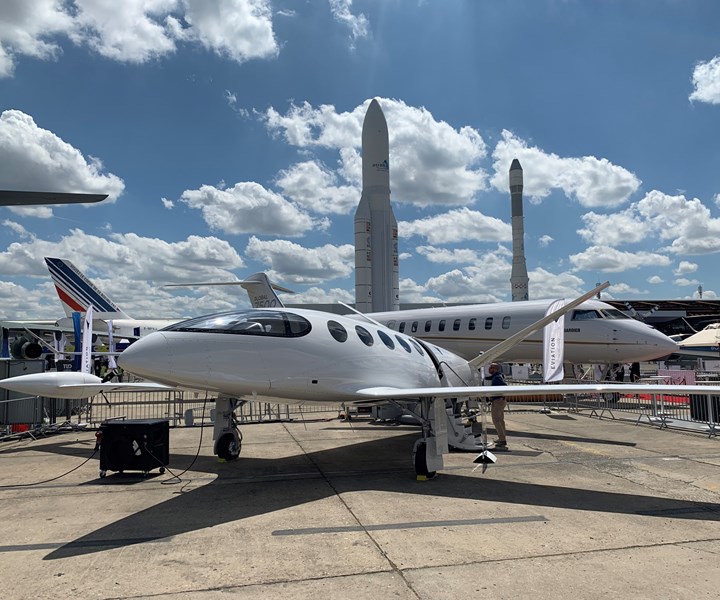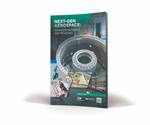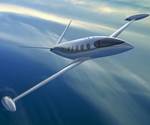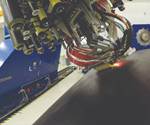CCS developing composite wings for Eviation electric aircraft
Announced at the Paris Air Show, Composite Cluster Singapore has designed the wing and belly fairings for the Alice all-electric aircraft.

CW photo | Jeff Sloan
Composite Cluster Singapore (CCS) has announced that it is working with Eviation Aircraft on the wing development of Eviation’s fully electric aircraft Alice, which debuted this week at the Paris Air Show in Le Bourget, France.
CCS has designed the wing and belly fairings specifically for Eviation, has delivered the first shipset for assembly to Vannes, and is currently working on the second prototype.
CCS says it is continuing to expand its activities in the electric propulsion aircraft, urban air mobility and unmanned vehicles sectors. Leveraging the Composite Application Center (CAC) consortium announced in 2018, CCS is spearheading high-impact projects, such as the wing development for Alice.
Alice is a battery-electric passenger aircraft currently under development by Eviation Aircraft. Built 95% from composite materials, it will be controlled by fly-by-wire and powered by three electric engines, in a wingtip and pusher configuration. The nine passenger aircraft, said to have a range of 640 miles (1,000 kilometers) at a cruise speed of 240 knots, will reportedly have much lower direct operating costs than turboprop aircraft.
Carboman Group also recently announced its partnership with Eviation on the development of Alice’s carbon fiber composite fuselage.
Related Content
-
Plant tour: Collins Aerospace, Riverside, Calif., U.S. and Almere, Netherlands
Composite Tier 1’s long history, acquisition of stamped parts pioneer Dutch Thermoplastic Components, advances roadmap for growth in thermoplastic composite parts.
-
Infinite Composites: Type V tanks for space, hydrogen, automotive and more
After a decade of proving its linerless, weight-saving composite tanks with NASA and more than 30 aerospace companies, this CryoSphere pioneer is scaling for growth in commercial space and sustainable transportation on Earth.
-
The next-generation single-aisle: Implications for the composites industry
While the world continues to wait for new single-aisle program announcements from Airbus and Boeing, it’s clear composites will play a role in their fabrication. But in what ways, and what capacity?
.jpg;width=70;height=70;mode=crop)





